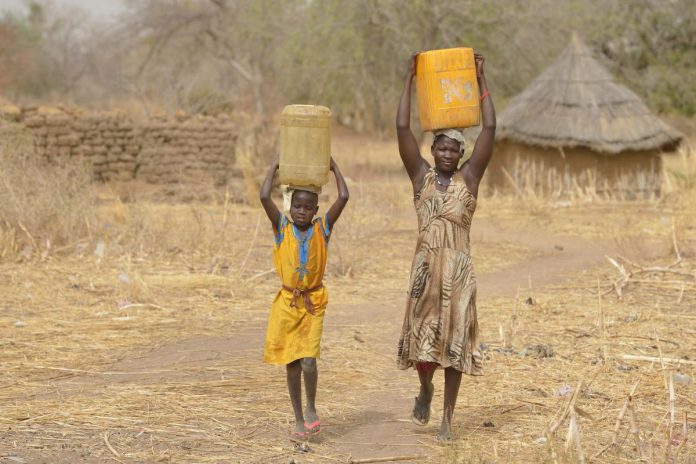
The distressed leaders say the situation is dire and have been moving to provide relief and spiritual support. Since the beginning of 2020, the clerics have watched the crisis grow—with scorching, burning crops, drying water sources, and snuffing out animal feeds.
A visible consequence is the millions of people who are without food, water, and pasture for their livestock.
“It is very hard times for the people. The food shortages are still continuing. There is so much suffering,” Anglican Bishop Daniel Qampicha Wario of Marsabit said. “When you hear there have been some rains here, it’s just a one-day shower, then follows the scorching sun for days.”
The region is entering a fifth dry season in a row, making the drought the longest and most severe on record. The worst affected are arid and semi-arid regions—the homelands of nomadic pastoralists and agro-pastoralist communities.
Reports by different organizations this week, said the latest ravages have crossed into 2023, with at least 10 million people in Kenya facing the risk of hunger.
In November, a consortium of 16 organizations including UNICEF, WHO, and World Vision, said the loss of food and income over the past two years, primarily due to drought, had led to food insecurity for 21 million people across Kenya, Ethiopia, and Somalia. In December, UNICEF said an estimated 2 million children required urgent treatment for severe acute malnutrition.
According to Qampicha, the situation is worse than last year, with his region losing 80 percent of its livestock. At the moment, the government and some relief agencies were providing some relief food, the bishop explained, but the amounts were too little and only reached a few areas.
“The people are receiving five kilogrammes of maize, two of beans and one litre bottle of cooking oil. This is not enough to cater for a family for a month,” said the bishop, while adding that seeing the dire need, the extensive suffering, and pain always left him heartbroken.
Anglican Bishop Joseph Mutisya of Garissa Diocese in Kenya’s north eastern region feared the food rations being distributed could feed families for a few days. Here, according to the bishop, the families are huge since the men are polygamous.
“There have been pockets of rain here and there. It has brought some pastures for the animals, but the people have no food. Still, the pastoralist communities are moving, but wherever they go, there is no food,” said the bishop.
“With no food, the children are out of school and now engaging in criminal activities,” he explained while expressing his distress about the situation.
“As a father of all, I feel touched when I see all these: children not going to school, people without food, especially the widows. As the shepherds of the people, we have to sympathise and raise our voices as the voice of the voiceless.”
Experts are linking the persistent droughts in the region to climate change.
The Ukraine-Russia conflict and recent coronavirus pandemic—which disrupted the food supply chains—have exacerbated the crisis, according to some church leaders.
Recently, the worst locust invasion spread in the region, destroying crops. These factors have conspired to leave countries reliant on food imports. It is also in this region where turmoil is forcing communities to flee, further aggravating the situation.


